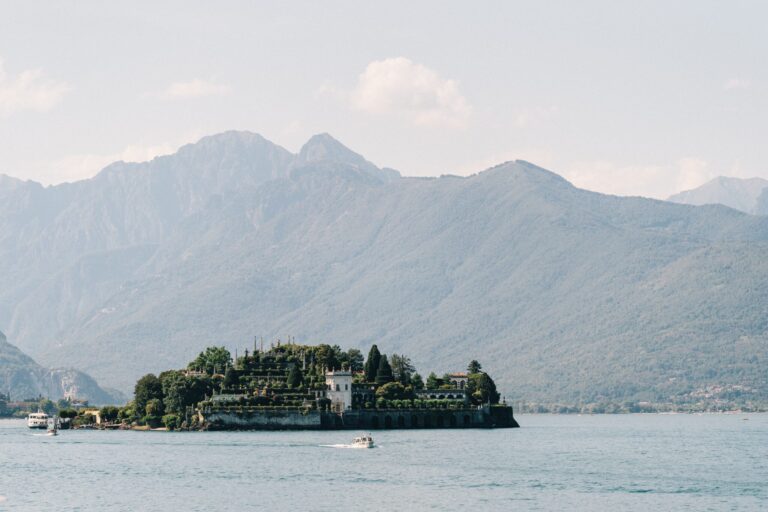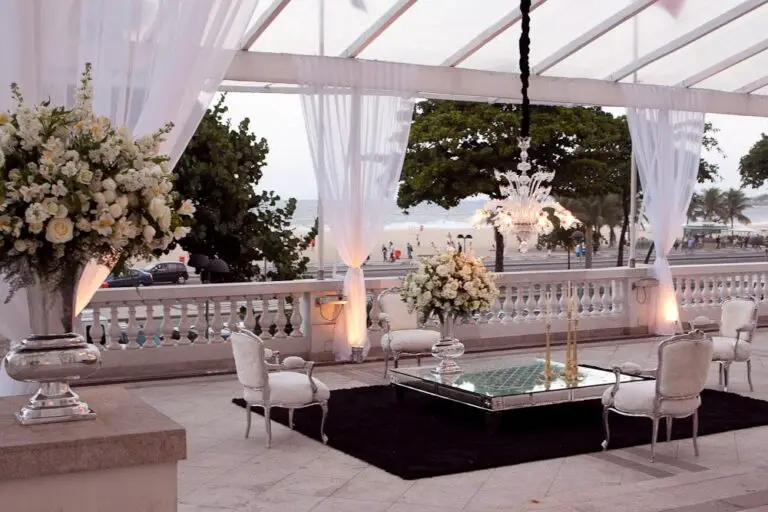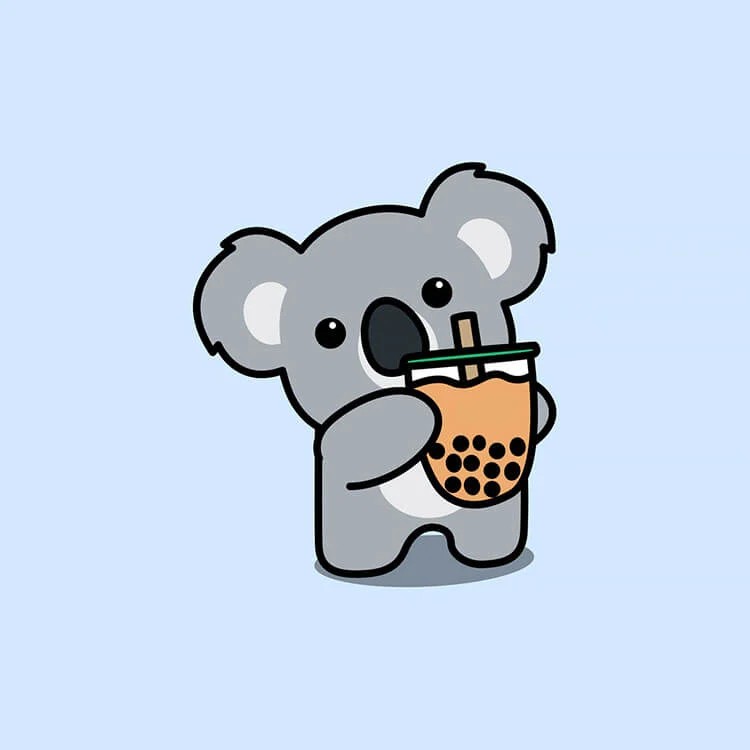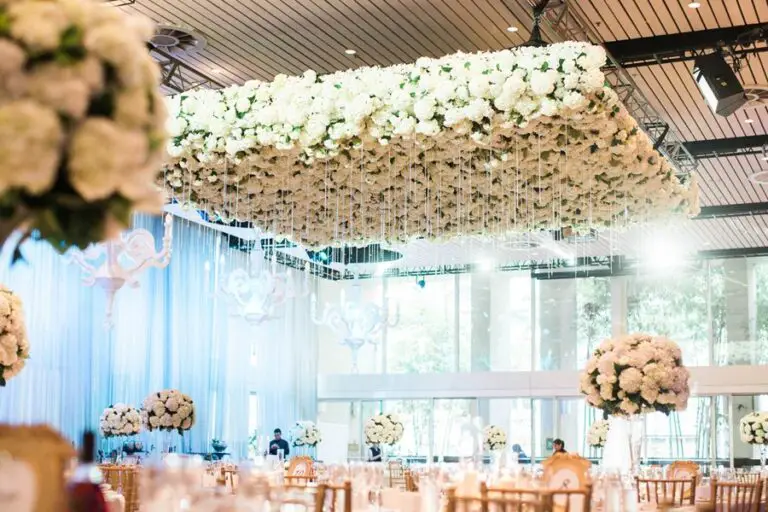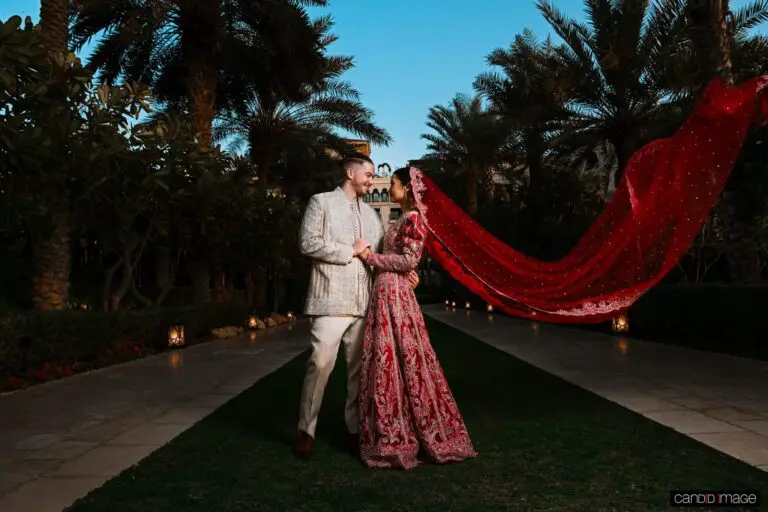100 Years Of The Most Popular Wedding Dress Styles
Fashion is a reflection of history, with each era’s clothing telling a story about its culture and values. From the beaded, boxy dresses of the Roaring Twenties to the daring mini skirts of the Swinging Sixties, clothes make a statement about their time. This applies equally to wedding dresses, which have evolved over the decades to reflect societal norms and cultural trends.
In this journey through time, we’ll explore some of the most iconic and enduring wedding dress styles, examining how they’ve influenced each other and contributed to the evolution of fashion.
1910s
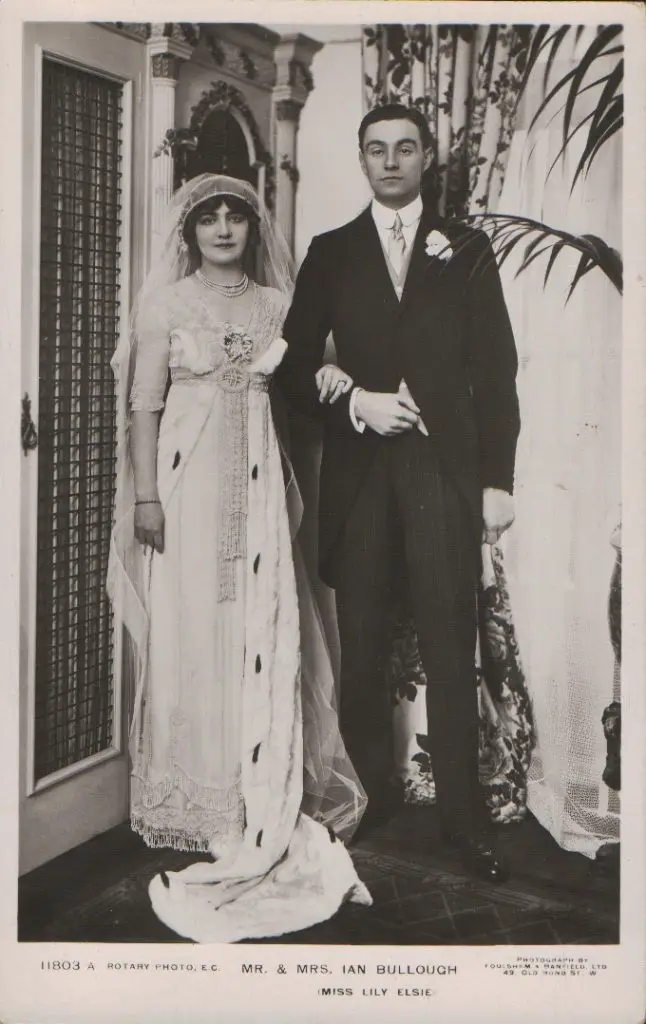
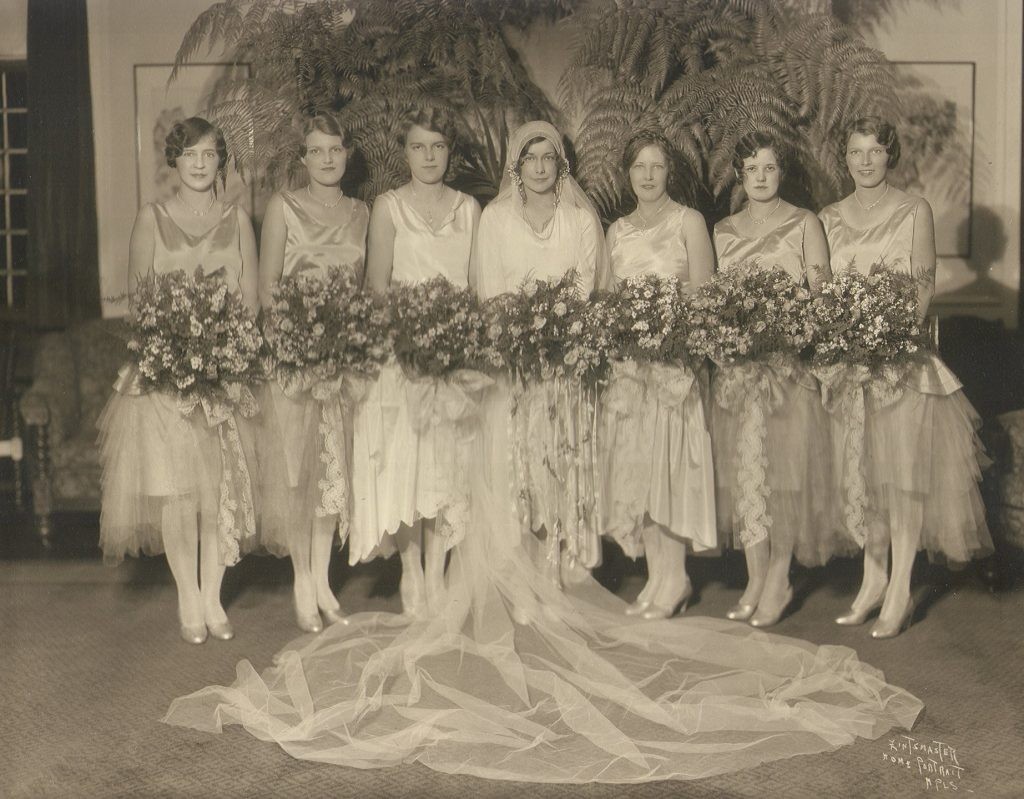
The early 20th century saw a significant shift in wedding dress styles. The 1910s were characterized by flowing, empire-line gowns that prioritized femininity and romance. As the wedding dance gained popularity, dresses needed to accommodate for movement, featuring trimmings such as lace and ruffles finished off with a brooch. In contrast, the 1920s were marked by a more liberated approach to fashion.
Dubbed the ‘Roaring Twenties’, this era was defined by jazz clubs, fast cars, and women embracing their independence. Wedding dresses of the time featured beaded fabrics, dropped waistlines, and hemlines that daringly rose above the ankle – a bold move for the era’s modesty standards. The boyish look became en vogue as women abandoned constrictive corsets and opted for boxy silhouettes.
No bride was complete without a cloche hat or Juliet cap paired with a floor-length veil, adding an air of elegance to her big day.
1930s
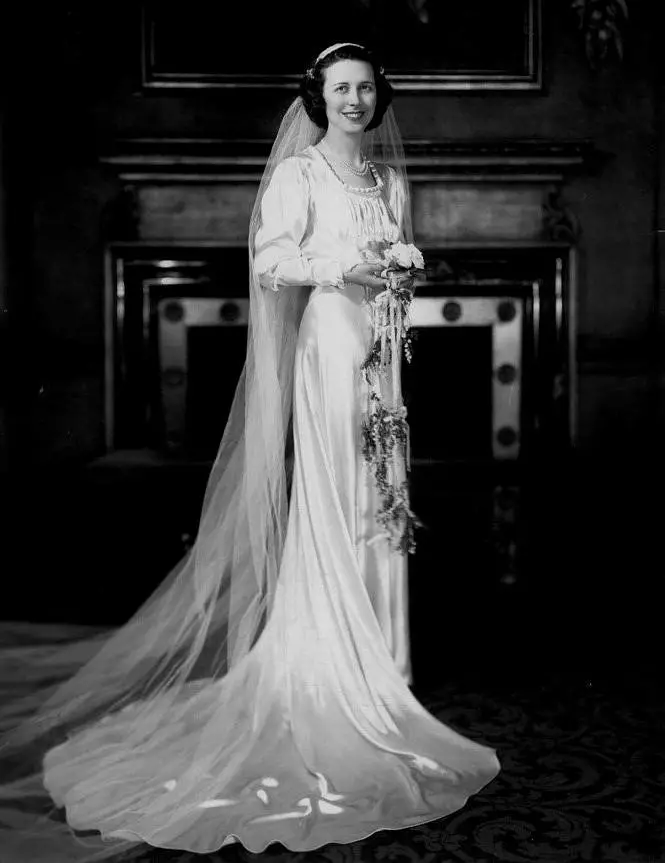
As the 1930s dawned, the looming specter of war and economic instability prompted a significant shift in fashion trends. In response to the uncertain times, fashionistas turned to traditional values, embracing timeless styles that prioritized modesty and elegance. The proliferation of man-made fibers like rayon enabled the creation of affordable yet stylish garments, including wedding dresses that featured flowing silhouettes and floor-sweeping hemlines.
A hallmark of this era was the prevalence of long, silky trains that added a touch of drama to already-stunning ensembles, creating a breathtaking mermaid-like effect.
1940s

In a surprising twist, the 1940s took outfit repeating to an unprecedented level. As the Western world grappled with the aftermath of war, luxury items like wedding dresses were considered a rare indulgence for most brides. A dress that was handmade and often passed down through family members or lent to friends and sisters became the norm. Despite the tumultuous times, the overall style remained relatively consistent with the previous decade, with V-necklines emerging as a popular choice.
1950s
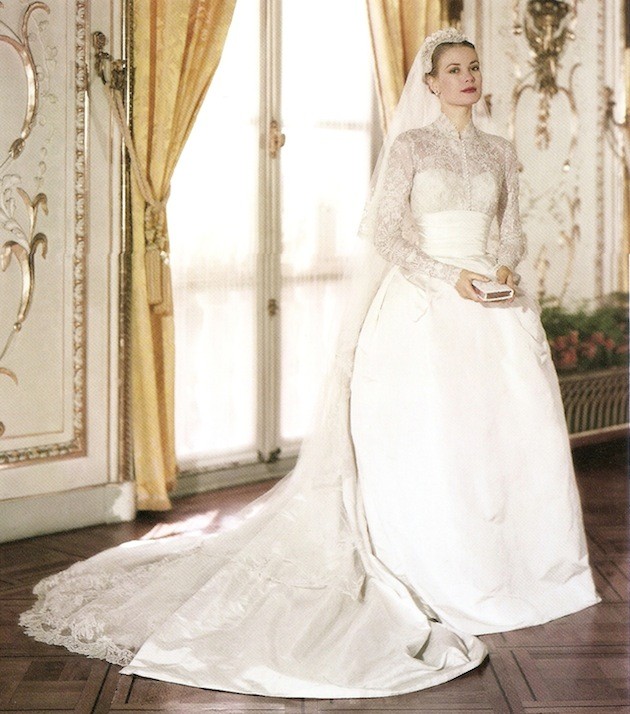
It’s no secret that the 1950s was a transformative time for wedding fashion. The era saw the rise of Hollywood’s most iconic starlets, who not only captivated audiences on screen but also influenced the way women dressed off-screen – including on their big day. Think Marilyn Monroe’s signature red lips and sultry gaze, which inspired countless brides to emulate her style. Meanwhile, Grace Kelly’s elegant ensembles set a new standard for wedding dresses.
As a result, ball gowns with tiny waists became all the rage, dominating fashion trends throughout the decade.
1960s
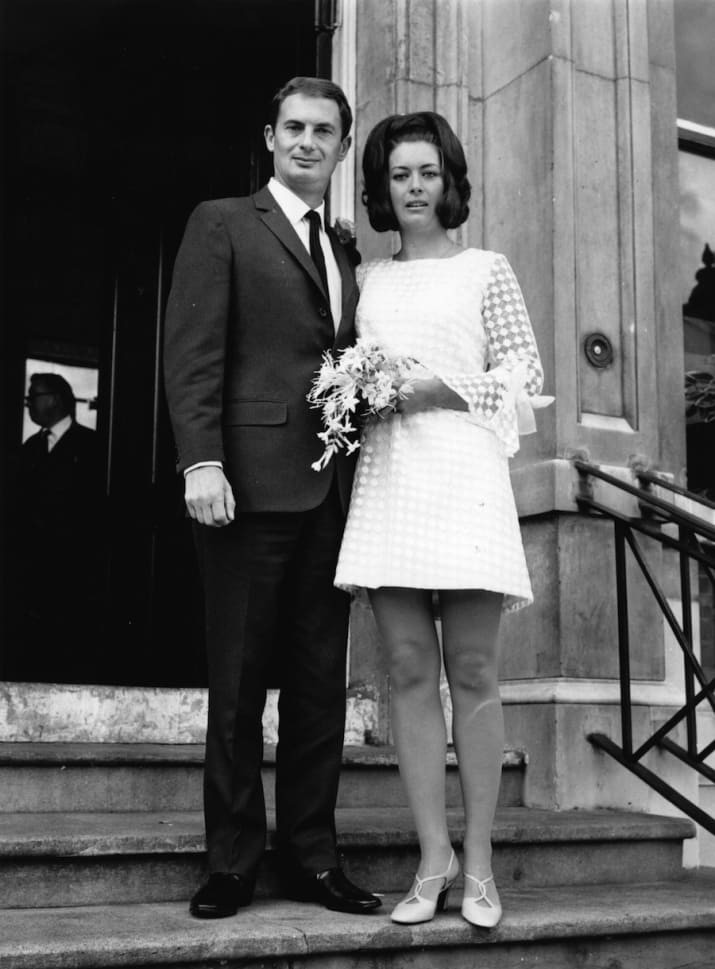
In the 1960s, bridal fashion burst forth from its traditional constraints, mirroring the era’s sense of modernity and adventure. Gone were the days of floor-sweeping hemlines; instead, gowns receded past the knee, while necklines soared to new heights. The Space Age aesthetic was all the rage, with playful prints and textures adding a touch of whimsy to wedding attire. Even brides themselves began to experiment with color, bidding farewell to traditional white.
A prime example of this bold new direction was Audrey Hepburn’s pink wedding dress, which she wore on her big day to Andrea Dotti – a truly unforgettable choice.
1970s

The 1970s were all about embracing a carefree, laid-back vibe, which was reflected in the wedding dresses of the time. High necklines and long sleeves became de rigueur, while layers of tulle and bell-shaped sleeves added to the overall whimsical feel. The decade’s bohemian spirit shone through in every detail, from the flowing fabrics to the wide-brimmed hats worn as veils by brides.
A perfect embodiment of this era is Farrah Fawcett on her wedding day, radiating a warm glow that perfectly captures the essence of 1970s fashion and romance.
1980s
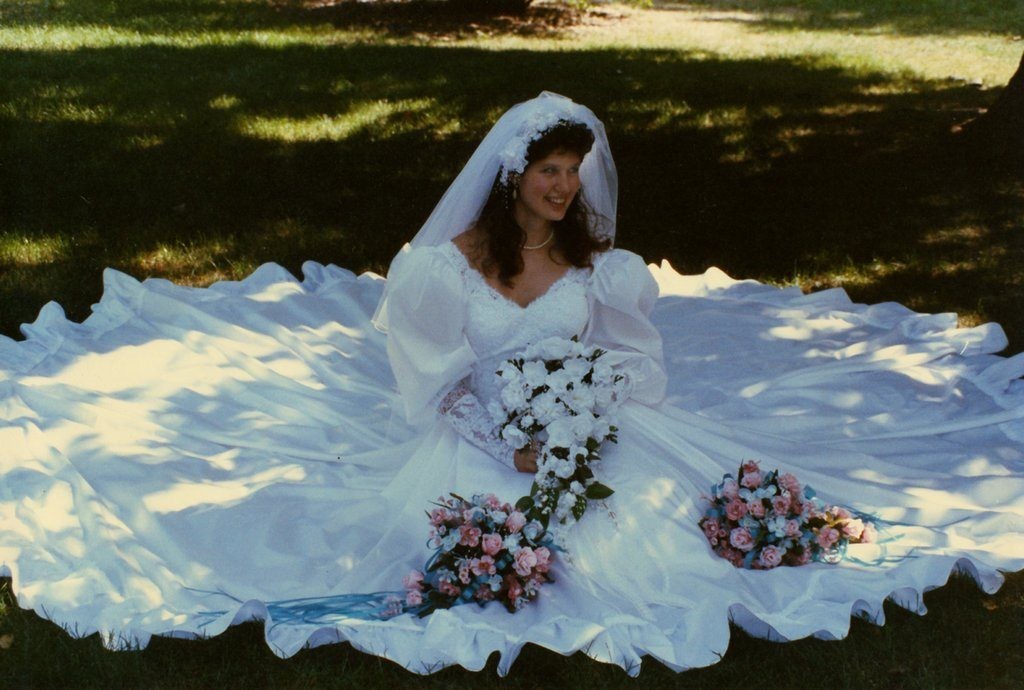
The 1980s were a melting pot of bridal fashion trends from the past five decades. The quintessential wedding dress of this era was characterized by a bouffant princess-cut silhouette, replete with layers of lace and tulle. What’s more, it boasted shoulder pads that seemed almost comically oversized – think flight-worthy dimensions. Furthermore, taffeta remained the fabric of choice for these vintage gowns.
1990s
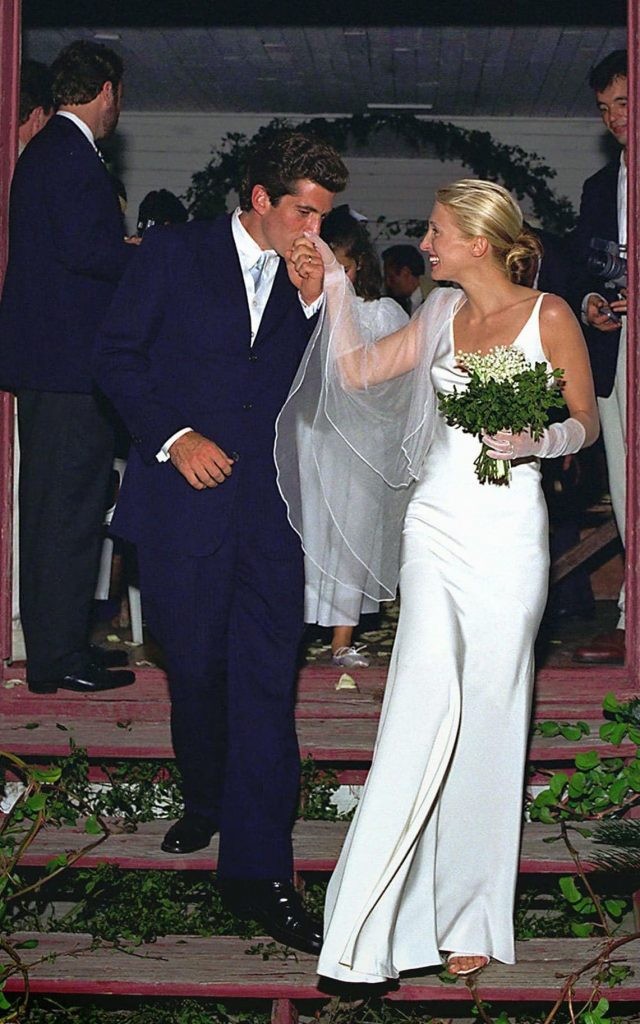
The 1990s marked a stark contrast to the extravagant bridal fashion of previous decades, with a focus on simplicity and sleekness. This era saw the rise of form-fitting white dresses that laid the foundation for today’s popular styles. Interestingly, Meghan Markle has credited the wedding of Carolyn Bessette, who tied the knot with John F. Kennedy Jr. in 1996, as ‘goals’ – a nod perhaps to the decade’s influence on her own dress choice, made nearly two decades later.
2000s
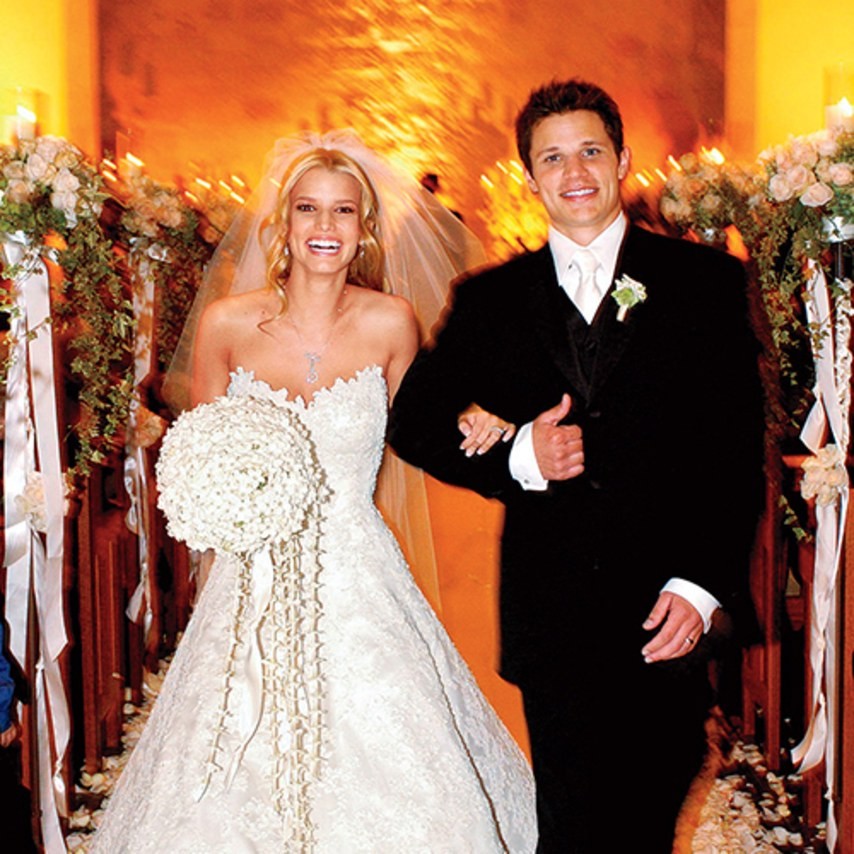
The dawn of the new millennium marked a significant shift in wedding dress trends, with the rise of strapless designs becoming a defining feature of the era’s aesthetic. These dresses came in various silhouettes, from princess-cut to mermaid and sheath styles, but were united by their bold decision to forego straps.
As couples increasingly opted for more laid-back, intimate celebrations – often taking the form of elopements or destination weddings – traditional formalities gave way to a more relaxed approach to wedding attire. The era’s brides also embraced a sun-kissed glow and effortless, flowing curls, as they traded in structured up-dos for a softer, more whimsical look.
2010s

For couples planning their special day, the wedding dress is a reflection of their unique love story and personal style. It’s an opportunity to express themselves creatively and make a statement that represents who they are as individuals. Whether it’s a beading masterpiece or a flowing taffeta gown, the choice is entirely theirs. And if they’re looking for inspiration, there’s no shortage of stunning bridal trends to draw from.
From classic fairytale romance to modern bohemian chic, there’s someone and something out there for everyone, regardless of their decade.


